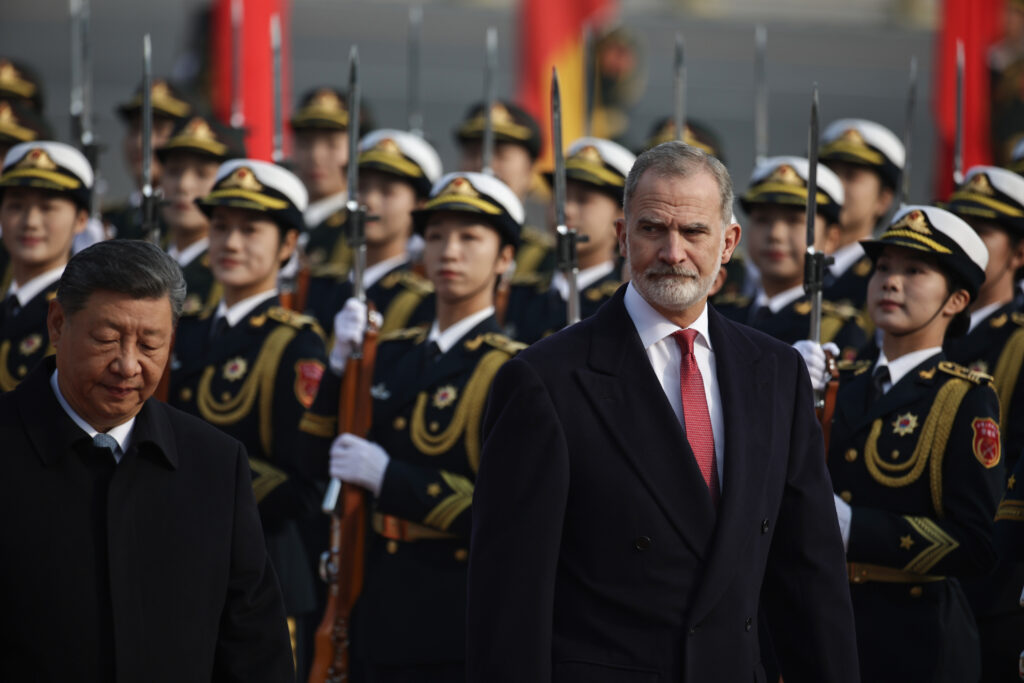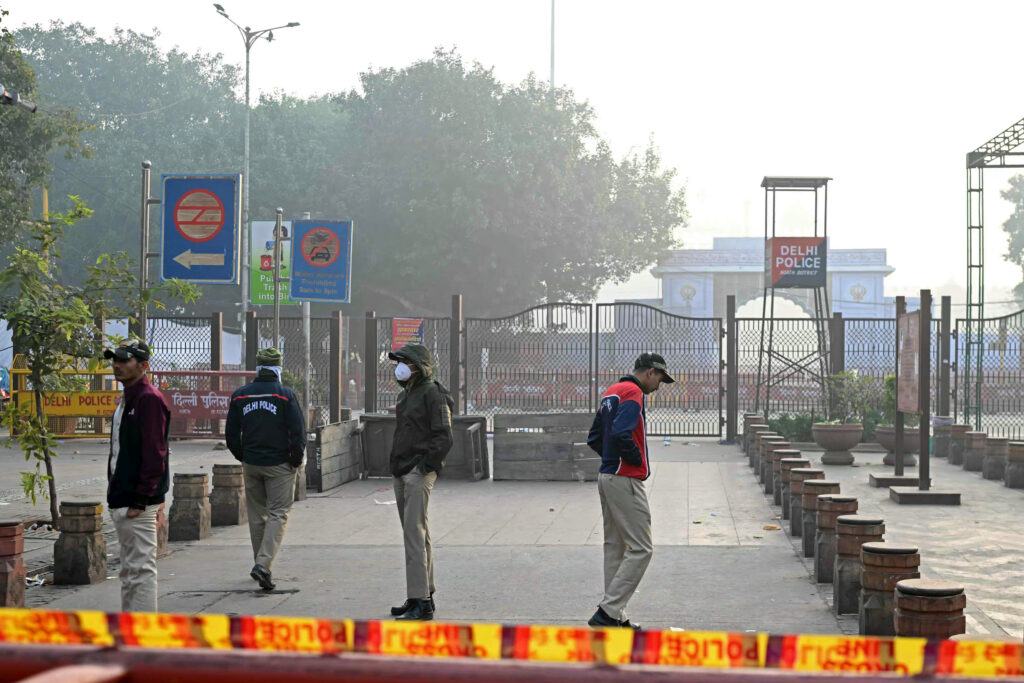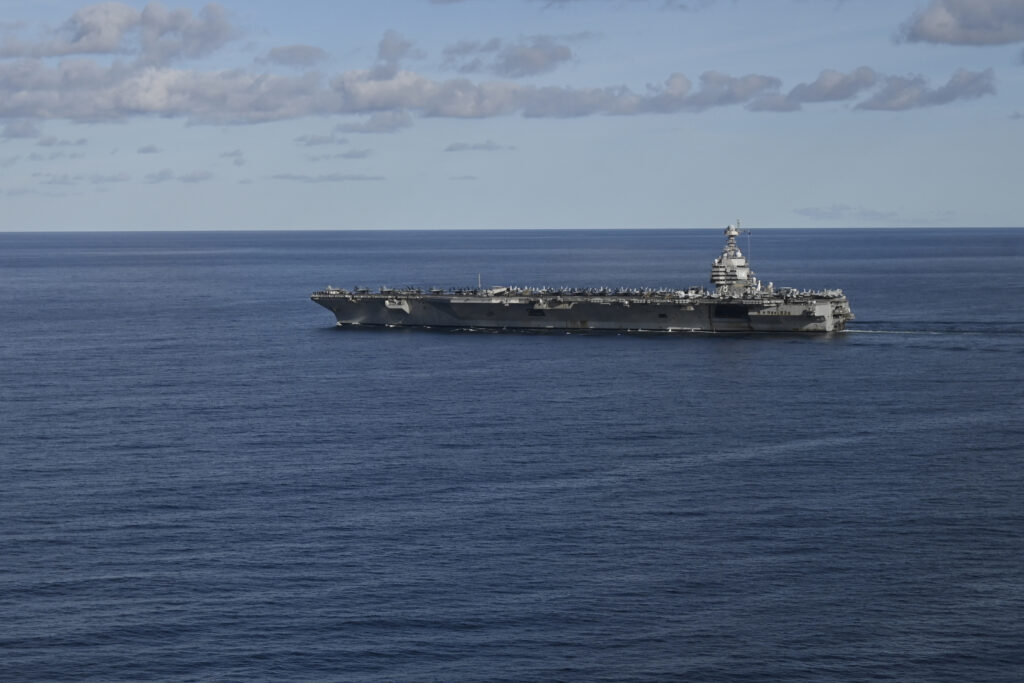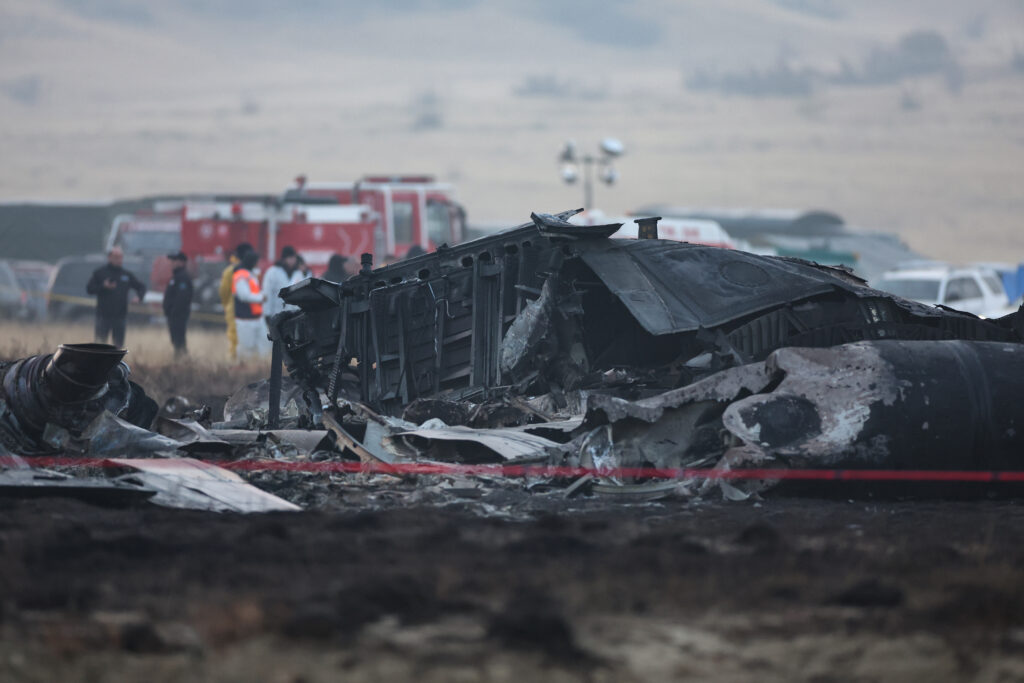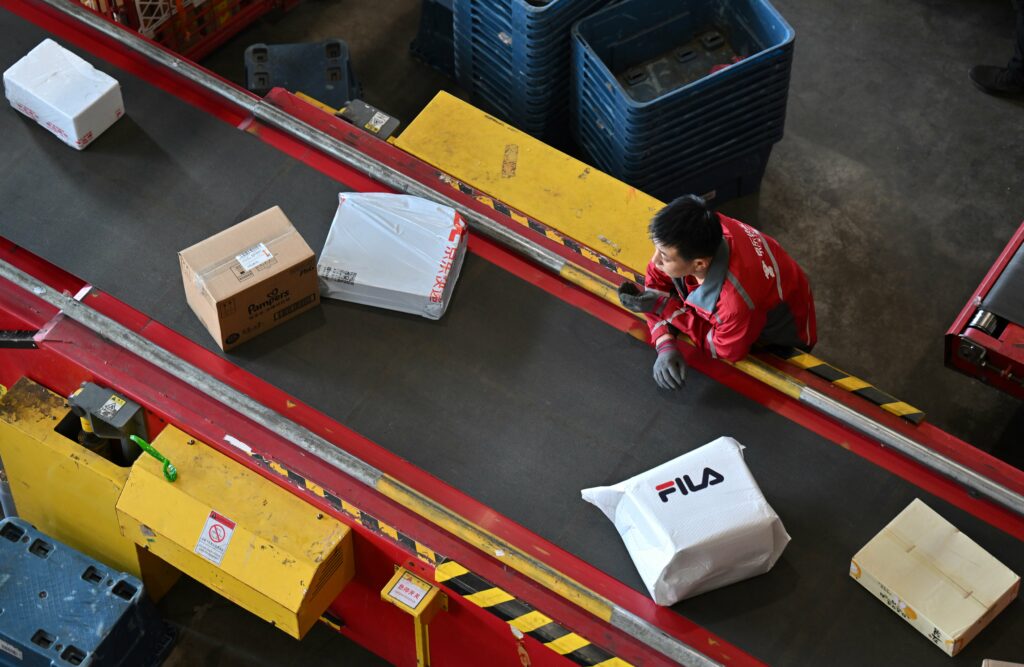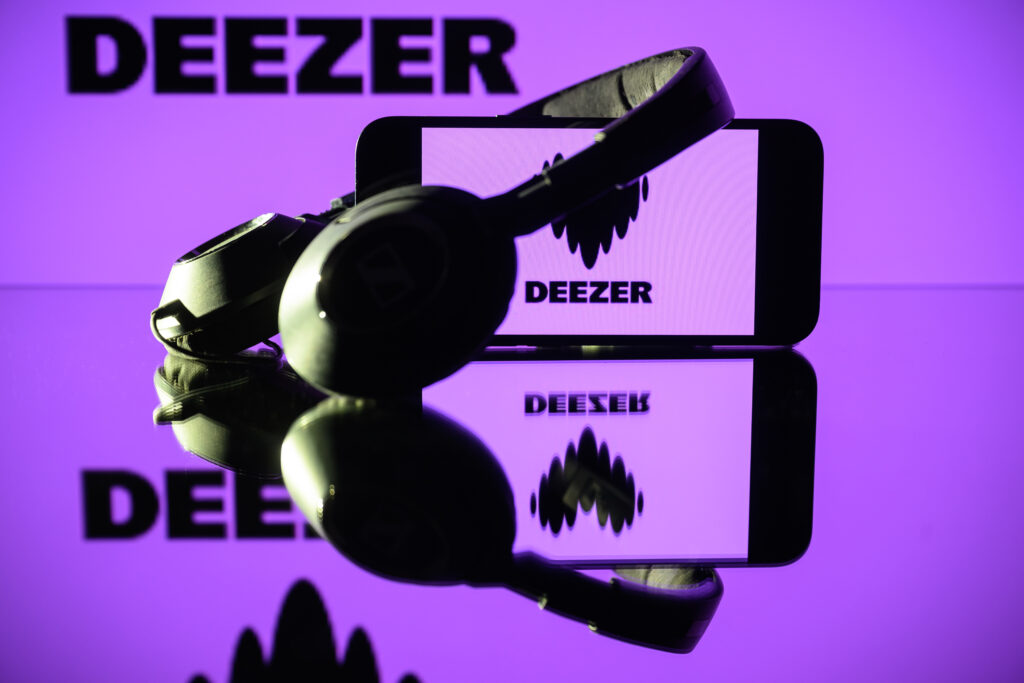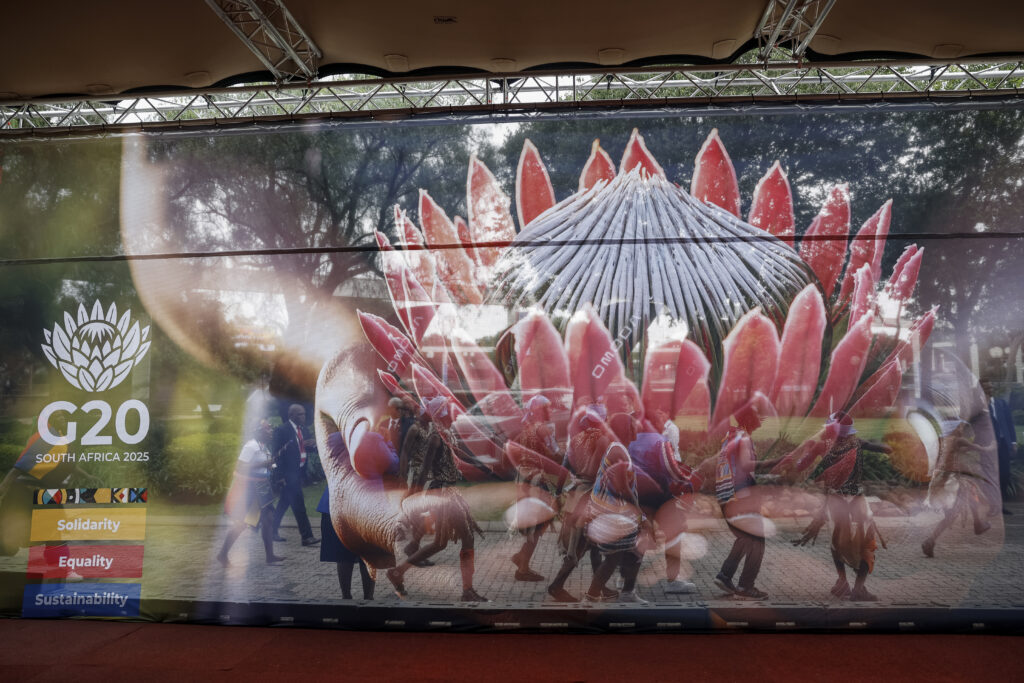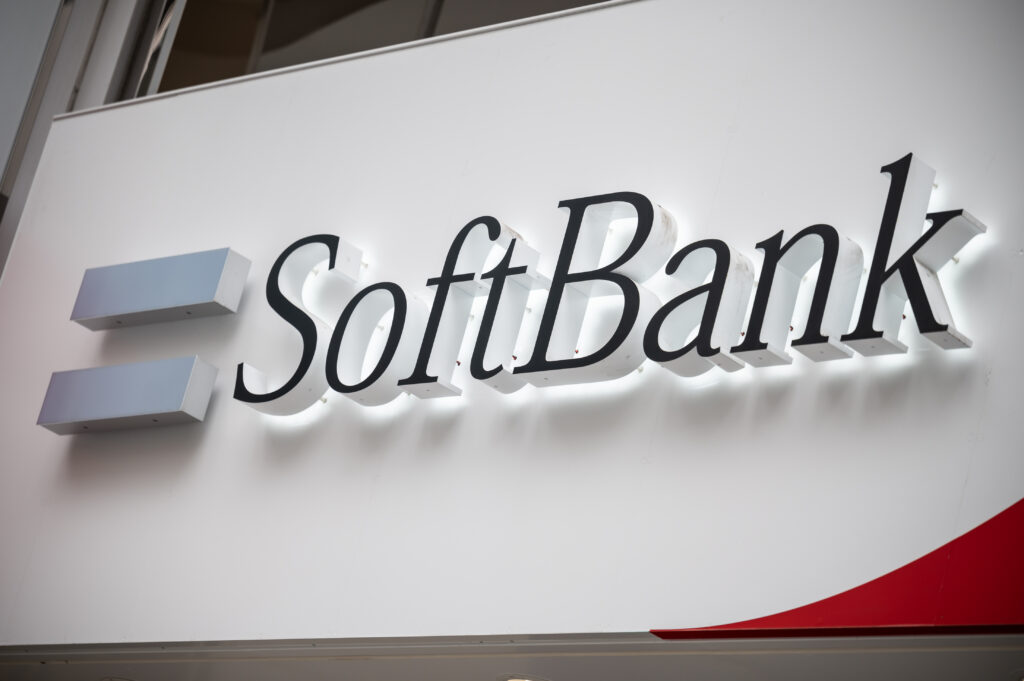Equities rose in Asia on Wednesday as the US shutdown nears an end and after fresh jobs data boosted the chances of a third successive Federal Reserve interest rate cut.However, a mixed day on Wall Street highlighted worries about elevated tech valuations following a breathtaking AI-fuelled rally this year.After passing the Senate, a spending bill to reopen the US government is due before the House of Representatives and then Donald Trump, with hopes services can resume as soon as Friday.In a dig at Democrats who he blamed for the closure, the US president said in a Veterans Day speech at Arlington National Cemetery on Tuesday: “We’re opening up our country — it should have never been closed.””Only people that hate our country want to see it not open,” he told ESPN later.Investors have welcomed the deal, which will end a shutdown that began on October 1 and saw a million federal workers unpaid, food benefits for low-income Americans threatened and thousands of flights cancelled.It has also meant a string of key data points have not been released, leaving traders and the Fed unable to make informed decisions on policy.However, analysts pointed out that while some reports could come out soon, others remained unclear.”September payrolls should be relatively quick, it was set to be published the day after the start of the shutdown,” said Taylor Nugent at National Australia Bank.”Data where collection was disrupted could take longer and it is not clear yet what approach will be taken for missing data.”The unemployment rate for October, which relies on household surveys, and many October consumer prices which are actively surveyed, are key challenges.”Adding to the upbeat mood were expectations for a Fed rate cut in December after data from private payrolls firm ADP showed US companies shed 11,250 jobs per week on average in the four weeks ended October 25.The figure followed a number of reports pointing to a softening labour market, which is putting pressure on the Fed to cut, even as it looks to keep a lid on stubbornly high inflation.A report this month from outplacement firm Challenger, Gray & Christmas revealed US layoffs hit the highest level in 22 years in October.Markets in Hong Kong, Tokyo, Seoul, Mumbai, Singapore, Taipei, Wellington and Manila were all in the green. However, Shanghai, Sydney and Bangkok dipped.The gains continued in London, Paris and Frankfurt.Wall Street was less euphoric, ending on a mixed note, with tech firms struggling to match the soaring performances that have characterised this year.The Nasdaq ended slightly down and the broader S&P 500 marginally higher, but the Dow closed more than one percent higher, with observers saying that suggested a shift into industrial sectors.Tech’s tepid run of late has come amid talk that a bubble has formed in the sector, with some warning it could burst, as investors worry that investment returns could take time to be realised.”Valuation concerns have intensified as the (S&P 500) index has climbed higher throughout the year,” said Fabien Yip, a market analyst at IG.”Investors are questioning whether current price levels can be sustained, particularly on stocks boosted by the AI boom if interest rates remain elevated for longer than expected.”Traders were also spooked by news that Japanese tech investment titan SoftBank had sold all its shares in US chip giant Nvidia for $5.8 billion, without giving a reason.Shares in Nvidia fell three percent, and SoftBank plunged as much as 10 percent in Tokyo after opening Wednesday but finished just 3.5 percent off.Mary Pollock of CreditSights said that “while the picture today is rosy, the risk that AI valuations are frothy cannot be disregarded”.”It is far from certain that confidence in AI’s value proposition, the timeline by which revenues are achieved, and investors’ expectations for growth all continue to evolve in-step.”- Key figures at 0815 GMT -Tokyo – Nikkei 225: UP 0.4 percent at 51,063.31 (close)Hong Kong – Hang Seng Index: UP 0.9 percent at 26,922.73 (close)Shanghai – Composite: DOWN 0.1 percent at 4,000.14 (close)London – FTSE 100: UP 0.2 percent at 9,914.53 Euro/dollar: DOWN at $1.1582 from $1.1588 on TuesdayPound/dollar: DOWN at $1.3144 from $1.3168Dollar/yen: UP at 154.62 yen from 154.10 yenEuro/pound: UP at 88.12 pence from 87.99 penceWest Texas Intermediate: DOWN 0.5 percent at $60.76 per barrelBrent North Sea Crude: DOWN 0.4 percent at $64.89 per barrelNew York – Dow: UP 1.2 percent at 47,927.96 (close)
